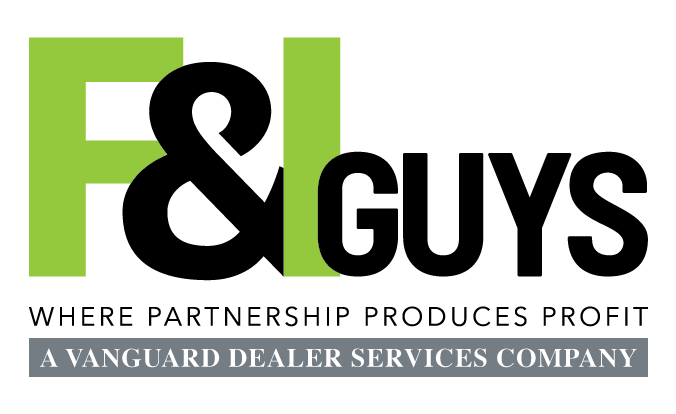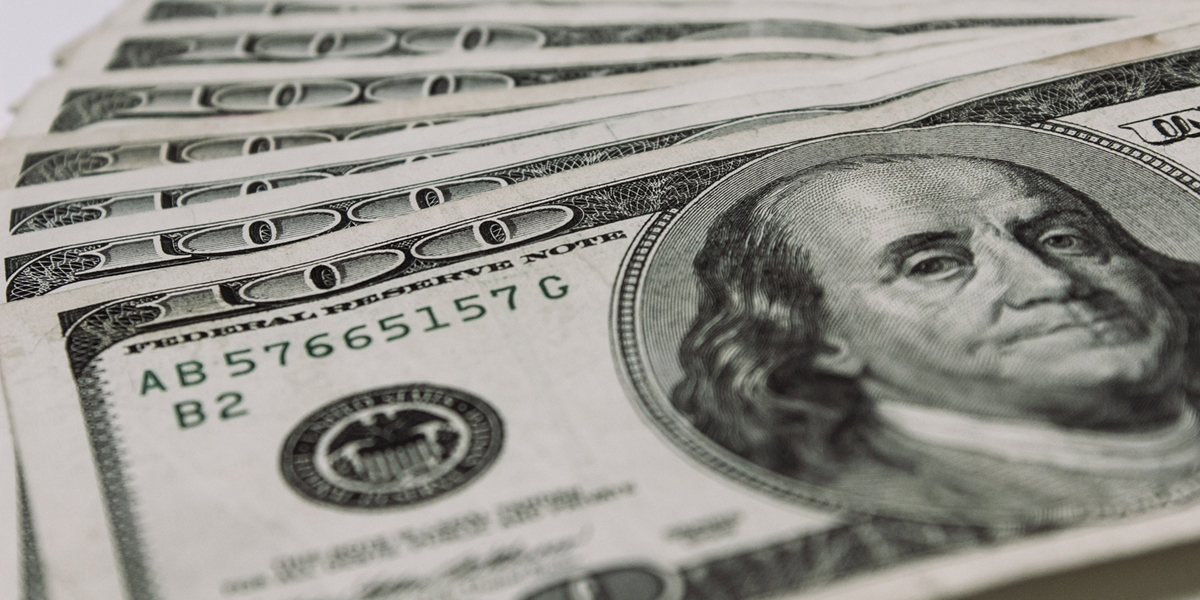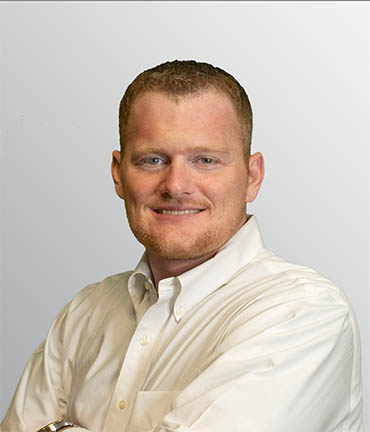Imagine it’s the last day of the month, and the very last customer has just left your office. Suddenly, your jaw drops in horror, as you realize you just missed your PVR objective by a few measly dollars per car. In this moment, one cannot help but imagine how wonderful it would be to suddenly find a $6,000 backend deal you had forgotten to log. You may not know it yet, but for most finance managers, that $6,000 exists — and then some. This is cash that many let slip away every month.
The following will explain how to easily increase profits with a few simple steps.
The 3 Simple Steps
What separates an elite F&I Guys-trained business manager, from one that is average? F&I Guys-trained business managers focus on every single aspect of their profession, to increase profits. These elite finance managers refuse to allow a single cent to go to waste. Each day, we sit with F&I managers and place a primary focus on their attention to payment structure. If you’re not sure what I mean by payment structure, take a look at your list of deals this month. Are all of your payments ending in 97-99 cents? Are your payments rounded up to the nearest 9? If you are not doing both, you are leaving both profit and products on the table.
To clarify what I mean by this, let’s take a look at an example. For the sake of this exercise, we will say the customer left the F&I office at a payment of $337.12 per month, for 75 months, purchasing both GAP and a service contract. Most finance managers would look at that scenario and have no issue with it. Selling two products is considered a success, by most! An elite finance manager, on the other hand, would look at that scenario and see a missed opportunity.
DISCLAIMER: Please keep in mind, in this scenario, the customer has already made the decision to purchase products and they are fully aware of what they are purchasing. This technique is how to increase profits, or to add products to a sale that has already been made.
By now, you must be wondering: What do those finance managers see, that I don’t? Well, let me explain, because the answer is three simple steps away:
Step 1: This hypothetical deal was closed at the default of 45 days until first payment. However, if we reduce that figure to 30 days (a 30-day lag is still more than acceptable to the majority of consumers) it actually decreases the payment from $337.12 to $335.91.
Step 2: Before closing the customer on the monthly payment, the elite finance manager will look at the payment they have on their screen, and continue to round that payment up to the nearest 9. Suddenly, the $335.91 payment becomes a $339.18 payment. News flash! Historical marketing tells us that a customer who agrees to a $337.12 payment will agree to a $339.18 payment, 99% of the time.
Step 3: Understanding that customers don’t pay attention to the change at the end of their payment, the finance manager rounds that payment up from $339.18 to $339.99. This generates an additional 81 cents per month.
Breaking Down the Math
Now that we have discussed the steps, let’s take a closer look at the math to see how doing this can increase your gross. First, we reduced the payment to $335.91, by adjusting the days to first payment. Then we took that payment and rounded it to the nearest 9, making sure not to break $340. Finally, we made sure we got as close to that $340 payment as we could by making it $339.99. All in, we have given ourselves an additional $4.08 in additional gross per month ($339.99 -$335.91) without exceeding the buyers mental budget. At 75 months, that $4.08 per month equates to an additional $306 in FOUND MONEY.
Sure, but one might ask, what if I am holding points: Doesn’t that kill my reserve? For those of you who believe this, go ahead and run an example in your DMS and write down the reserve difference. Now, take the amount you decreased the payment by making that change, and multiply it by the loan term. You will find that the room you have left yourself to mark up your products further, or to sell another product, far exceeds any missing reserve.
This may not seem like much on one deal, however, take a moment to think about the bigger picture. If a finance manager spins 80 deals in a month and uses this technique on just half of them, that is $12,240 added to the bottom line. Do that for a year, and you will make your dealership $146,880 in additional gross profit.
All of which was earned, simply enough, by following the three easy steps to maximize profit, using age-old marketing techniques.










